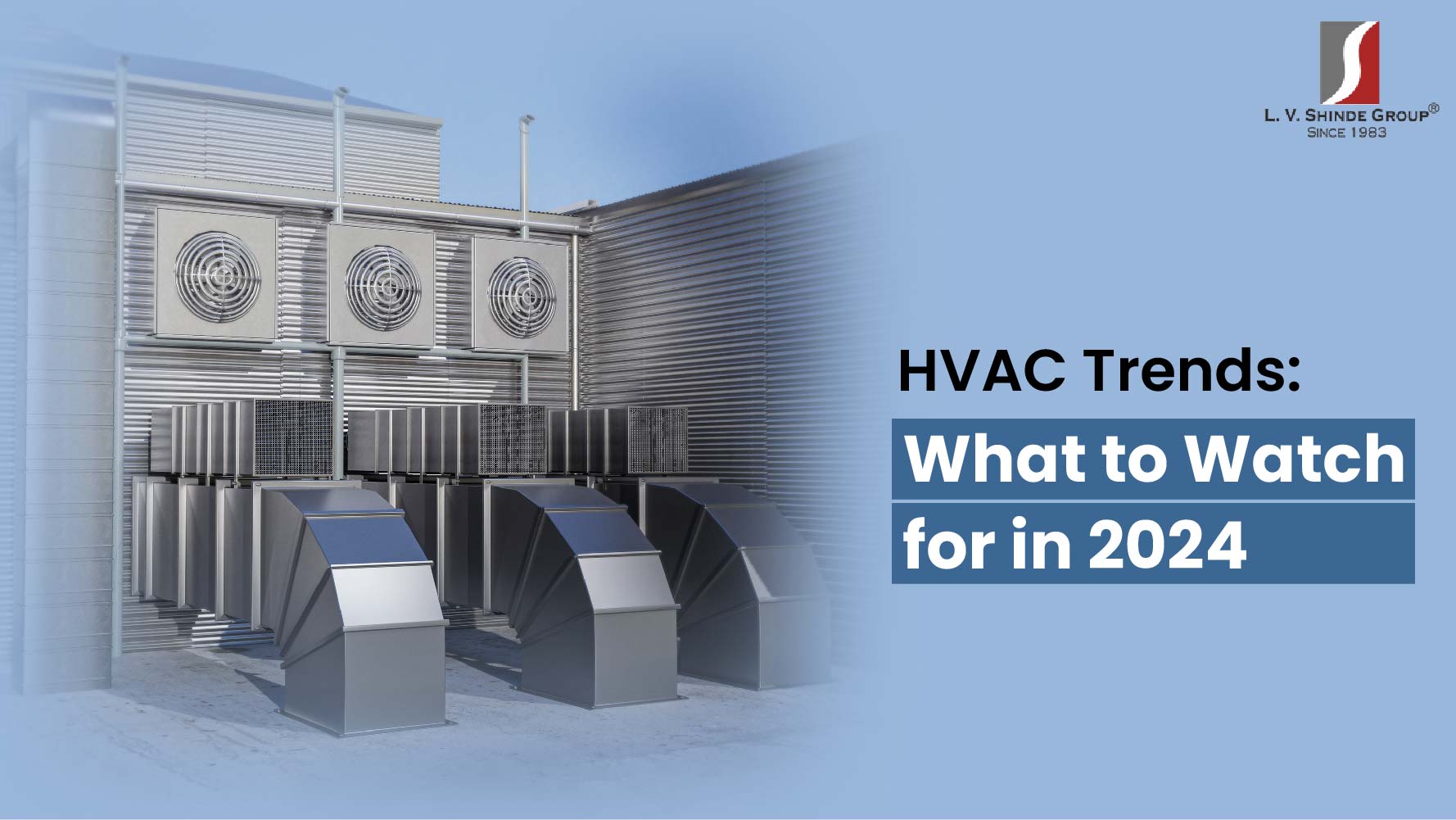HVAC Trends: What to Watch for in 2024
What is HVAC?
HVAC stands for Heating, Ventilation, and Air Conditioning. It refers to the technology and systems used for indoor environmental comfort. HVAC systems are made to regulate humidity, air quality, and temperature in buildings, houses, cars, and other enclosed places in addition to providing heating and cooling.
The HVAC industry is a developing zone with great potential for HVAC professionals and business proprietors. To keep up with the increase, it’s essential to stay updated with the modern-day HVAC enterprise developments.
Why are HVAC Trends Important?
In today’s rapidly changing world, staying up-to-date with HVAC (Heating, Ventilation, and Air Conditioning) trends is essential for businesses and individuals alike. HVAC systems play a pivotal role in ensuring indoor comfort, air quality, and energy efficiency. With the advancement of technology and increasing awareness of environmental concerns, the HVAC landscape is constantly evolving.
Being aware of these trends isn’t just a matter of staying ‘cool’ or ‘warm’; it’s about optimizing energy use, reducing carbon footprints, and improving the overall quality of life. So, why are HVAC trends important?
Let’s explore how staying informed about the latest developments in HVAC can translate into benefits for both your comfort and the planet.
HVAC Trends to Watch for in 2024
Here are the maximum outstanding HVAC industry tendencies to observe for 2024:
1. The Rise of Smart HVAC Systems
Smart HVAC systems have been at the upward push for a while, and they are nevertheless on the top of the listings for new developments in the HVAC industry. These systems use the IoT era, allowing house owners to govern their heating and cooling remotely, which provides a handier and efficient way of managing their HVAC systems. With smart HVAC structures, you may set your heating and cooling alternatives primarily based on your schedule, ensuring your house is continually on the desired temperature. Moreover, clever HVAC systems provide insights into energy utilization, permitting homeowners to lessen energy consumption and spend money on utility bills.
2. Optimizing HVAC Using Data-Driven Approach
Data-driven HVAC optimization has been gaining popularity in recent years. This technique includes gathering statistics on HVAC systems, studying them, and then the usage of the insights won to optimize the gadget’s overall performance. This approach is more efficient than conventional bodily-based methods, which can be time-consuming and costly. Data-driven optimization allows HVAC contractors to diagnose problems extra quickly, reducing the time required to fix troubles and enhancing common machine performance.
3. Geothermal Heat Pumps Awaiting Their Moment
Geothermal heat pumps use the earth’s natural heat to heat or cool a building, making them an eco-friendly and efficient alternative to conventional HVAC systems. While the number of geothermal warmness pumps set up each year has remained consistent at 50,000, professionals are expecting that this quantity may want to upward thrust as greater house owners and business owners look for options to conventional heating and cooling structures.
4. AI Meets HVAC
Artificial intelligence (AI) has been making its way into diverse industries, and the latest traits in the HVAC industry are no exception. AI might be used to supervise operational device capability in HVAC structures, as a consequence increasing thermal comfort. With the growing availability of facts and advances in AI generation, it’s best a rely on time earlier than AI becomes a well-known function in HVAC structures.
5. Focus on Green Consumerism
Today’s patron needs greener products more than ever. HVAC organizations need to take note of this fashion, specifically when everyone is introducing new laws to combat climate change. If your HVAC era is not as power efficient as it has to be, there’s no longer a time to shift to greener generation
6. Ductless HVAC Will Continue to Grow
Ductless systems inclusive of ductless mini splits can provide heating and cooling in one unit, decreasing the need to pay two times for installation and preservation. Ductless technology consisting of mini splits can warm or cool in specific regions called zones, which makes for a greater electricity-green device.
7. AR will revolutionize HVAC maintenance efficiency
Augmented reality (AR) could transform HVAC maintenance and repair by providing real-time data and simulation tools to engineers. Remote assistance through AR can connect technicians and skilled workers to guide them through complex maintenance, saving time and money.
8. Digital zoning and remote work
Digital zoning allows homeowners to divide their home into multiple zones with separate heating settings. This technology uses thermostats and smart sensors to detect occupants and adjust the temperature accordingly, reducing energy consumption and improving personal comfort as remote work becomes more common, homeowners spend time many stay at home and their HVAC systems are more common.
Conclusion
By embracing these trends and investing in new technologies, HVAC companies can get ahead of the game and provide better services to their customers. Staying abreast of these trends is essential to success in this dynamic industry. The future of HVAC looks bright, and we can see a lot of exciting things in the coming years.
In the HVAC world, change is the only constant. Looking ahead to 2024, the above factors will continue to redefine the industry. The adoption of smart technologies, the quest for sustainability, and the demand for clean air are all important for HVAC projects. Consult with experts who are well-versed in these areas to ensure you stay ahead of these developments.
Contact Supreme Facility for Sustainable HVAC Solutions!
Contact Supreme Facility Management for sustainable HVAC solutions and take a step towards a more efficient, environmentally friendly and comfortable future.


